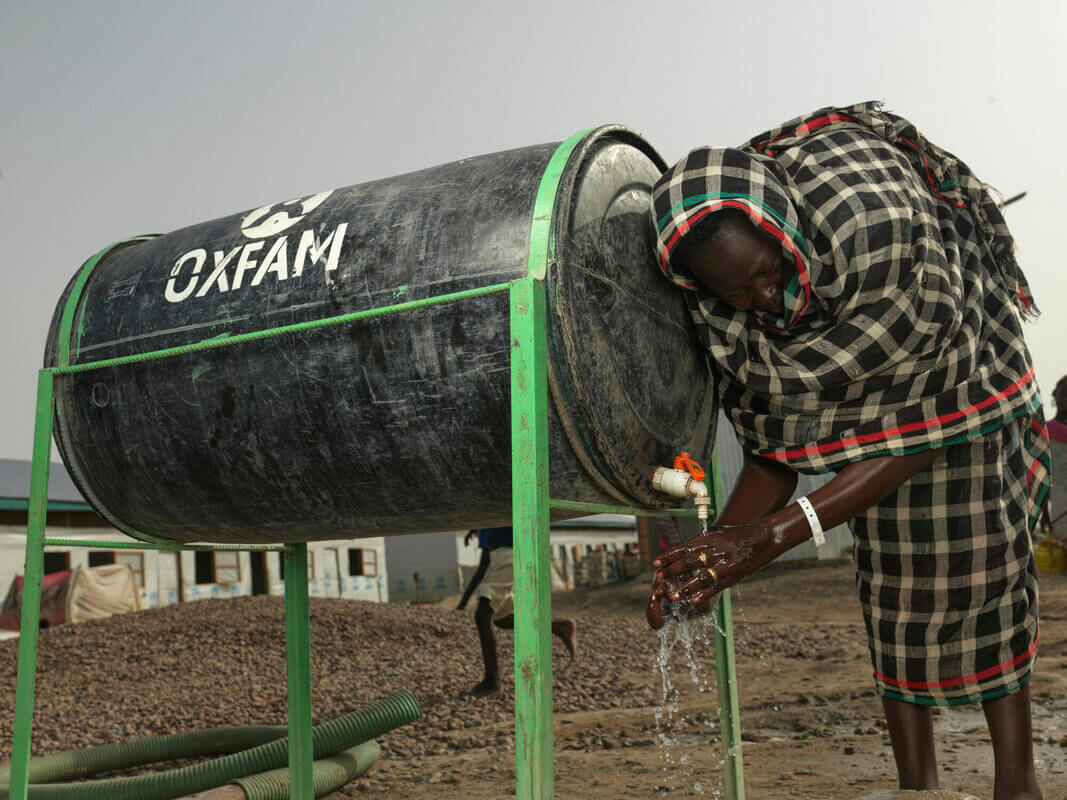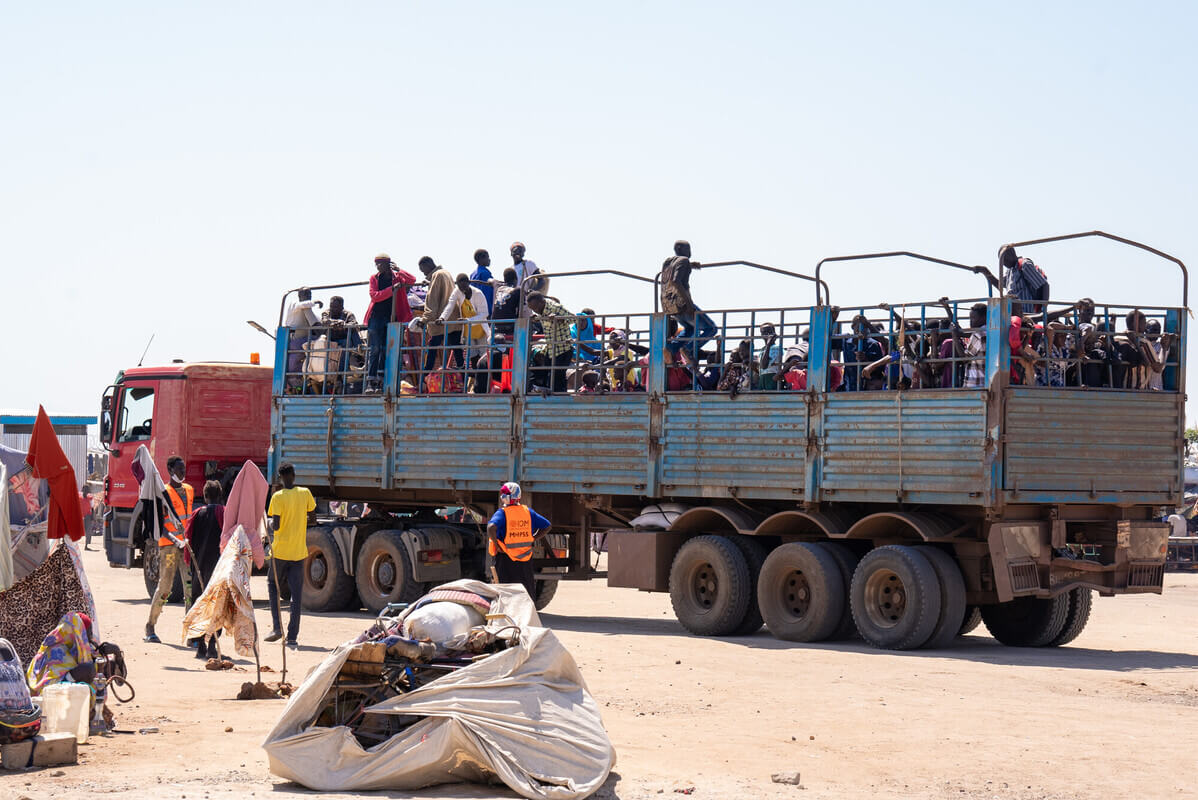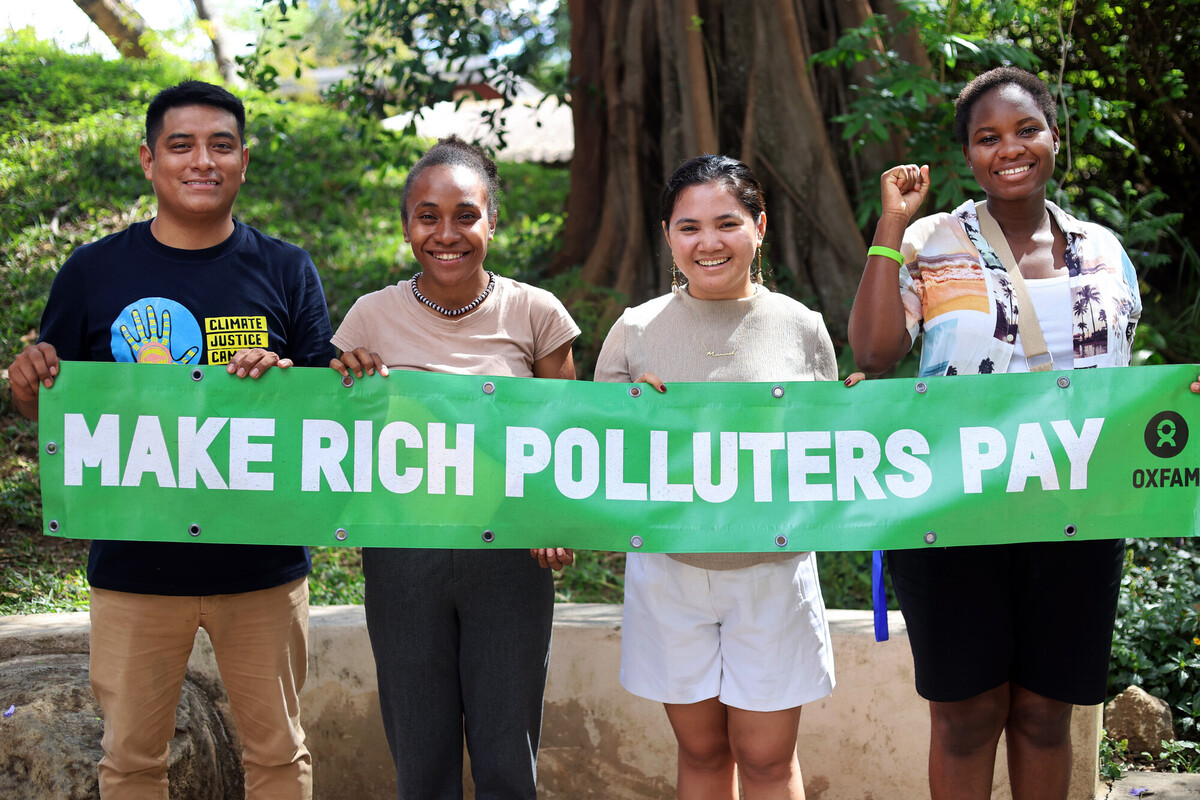Today marks the fifth anniversary of the Close the Gap Campaign which works to close the life expectancy gap between Aboriginal and Torres Strait Islander people and other Australians within a generation.
Co-chairs of the Close the Gap Campaign, Aboriginal and Torres Strait Islander Social Justice Commissioner Mick Gooda and National Coordinator for Tackling Indigenous Smoking Dr Tom Calma, are in Canberra to address the National Press Club, to outline the crucial importance of ‘people power’ in the campaign for Indigenous health equality.
“Since 2006, 150 000 Australians have formally pledged their support for achieving Indigenous health equality and almost every Federal, State and Territory government and opposition party has signed the historic Close the Gap statement of Intent.
The first ever Minister for Indigenous Health has been appointed and we have seen almost $5 billion of ‘closing the gap’ branded programs from Australian governments.
The next crucial chapter is the development of a national plan to close the health and life expectancy gap. With this we hope the next five years will achieve real, sustained health improvements for Aboriginal and Torres Strait Islander peoples across the country.” – Commissioner Mick Gooda
Indigenous Australians die, on average, between 10 to 17 years younger than other Australians. A baby born to an Indigenous mother is still between two and three times more likely to die before its fourth birthday than a child born to a non-Indigenous Australian mother.
“The 2002 Australia Bureau of Statistics’ social survey asked almost 10,000 Indigenous Australians what the greatest ‘stressors’ were for them over the past year. Almost half – 46 per cent – reported the death of a family member or close friend.
“Every time we unnecessarily lose an Elder, we also lose the source of stability, governance, order and counsel in our communities.
“Every time you hear of an Aboriginal language dying out, remember it is not the language that is dying, it is the people who speak it.” – Dr Tom Calma
What you can do:
- Read more about the Close the Gap campaign
- Take part in National Close the Gap Day (24 March 2011)



